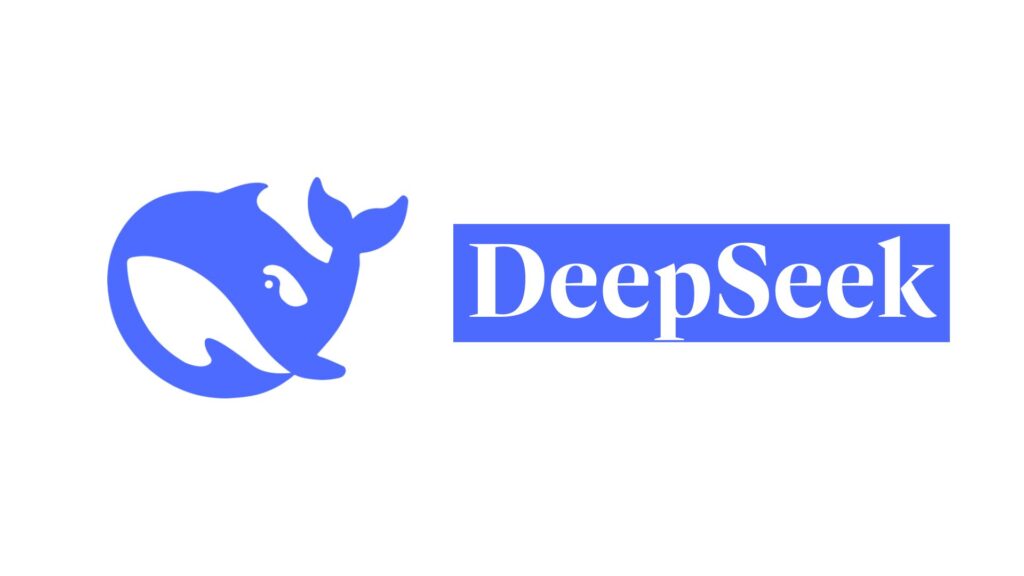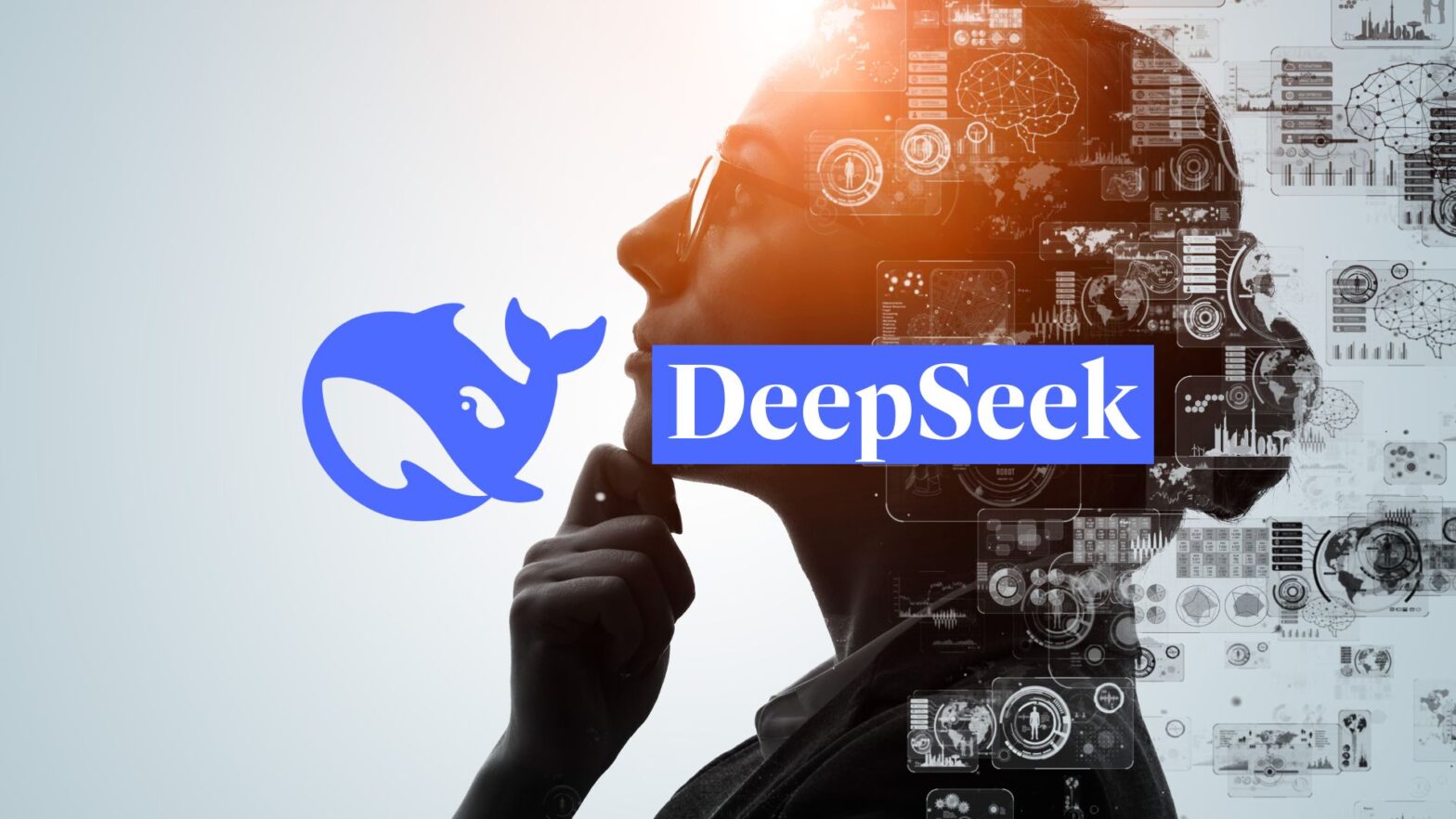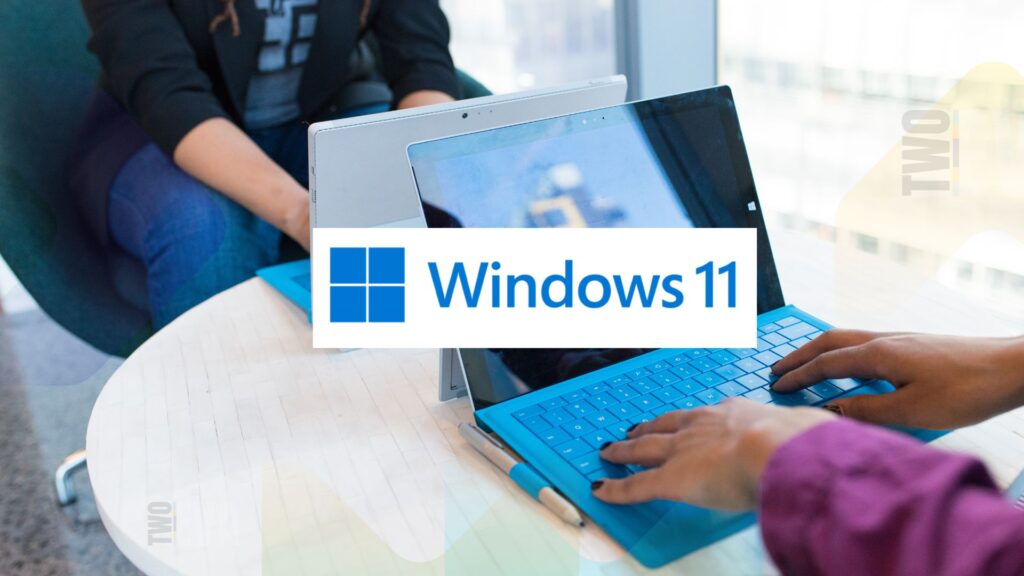In a move that’s sending ripples through the AI industry, Chinese startup DeepSeek has announced plans to make its AI model code publicly available. This bold step, revealed in a social media post, marks a significant doubling down on the company’s commitment to open-source artificial intelligence. While the announcement has been met with enthusiasm by some, skeptics question the long-term implications and motives behind this strategy.
DeepSeek, established in 2023 in Hangzhou, China, and funded by Chinese hedge fund High Flyer, has been making waves since its inception. The company’s approach to AI development has diverged sharply from industry giants like OpenAI and Anthropic, whose models and algorithms remain closely guarded secrets. DeepSeek’s decision to open-source its flagship model, DeepSeek-R1, in January 2025 was a game-changer, demonstrating performance comparable to leading closed-source models at a fraction of the cost.
However, as the dust settles on this initial disruption, questions arise about the sustainability and broader impacts of DeepSeek’s open-source strategy.
The Promise of Open-Source AI
Proponents of open-source AI argue that it democratizes access to advanced technologies, potentially accelerating innovation and allowing smaller players to compete with tech giants. Marc Andreessen, a prominent venture capitalist, hailed DeepSeek-R1’s release as a “profound gift to the world.” The model’s cost-effectiveness is particularly striking, with reports suggesting it was built for around $5.6 million—approximately 10% of the cost of Meta’s Llama model.

This dramatic cost reduction challenges the prevailing notion that AI advancement necessarily requires massive funding and resources. It’s a narrative that has captivated investors and fueled the valuations of AI companies, particularly in the U.S. market. The success of DeepSeek-R1 suggests that innovation in AI might be more about clever engineering and efficient resource use than sheer financial muscle.
Market Disruption and Skepticism
DeepSeek’s rapid rise to prominence is undeniable. By the end of January 2025, the company had overtaken ChatGPT as the most downloaded free app on the Apple App Store in the U.S. In China, it has become the most popular chatbot service, boasting 22.2 million daily active users as of January 11, according to Aicpb.com.
However, this meteoric rise has also sown seeds of doubt. The AI industry, long accustomed to proprietary models and hefty profit margins, is grappling with the implications of a truly open-source competitor. The sharp fall in Nvidia’s share price at the end of January 2025 underscores the potential for open-source AI to disrupt established business models and valuations in the tech sector.
The Double-Edged Sword of Transparency
DeepSeek’s commitment to transparency is evident in its latest announcement. The company plans to release five code repositories next week, describing them as “humble building blocks” that have been “documented, deployed and battle-tested in production.” This level of openness is rare in the AI world and could potentially foster greater trust and collaboration within the developer community.
Yet, skeptics warn that such transparency could be a double-edged sword. While it may accelerate innovation, it also raises concerns about the potential misuse of AI technology. The ease of access to advanced AI models could facilitate the development of malicious applications or the spread of misinformation, issues that the AI community is already grappling with.
The Geopolitical Angle
DeepSeek’s rise cannot be viewed in isolation from the broader geopolitical context of AI development. As a Chinese company making significant strides in a field dominated by U.S. tech giants, DeepSeek’s success story is inevitably intertwined with narratives of technological competition between the two nations.
The company’s open-source strategy could be seen as a soft power play, as suggested by founder Liang Wenfeng in a rare interview last July. “Having others follow your innovation gives a great sense of accomplishment,” Liang stated, adding that “open source is more of a cultural behavior than a commercial one, and contributing to it earns us respect.”
However, this approach also raises questions about data privacy, security, and the potential for state influence in ostensibly open technologies. While DeepSeek’s transparency is commendable, the complex relationship between Chinese tech companies and the state adds another layer of consideration for potential users and collaborators.
The Road Ahead
As DeepSeek prepares to release more of its code, the AI community watches with a mix of excitement and caution. The company’s Native Sparse Attention (NSA) algorithm, released earlier this week, promises to make long-context training and inference more efficient. Such innovations could indeed push the boundaries of what’s possible in AI.
Yet, the long-term sustainability of DeepSeek’s open-source model remains to be seen. While the company currently doesn’t prioritize commercializing its AI models, questions linger about how it will balance innovation with financial viability in the future.
As the ripples of DeepSeek’s open-source push continue to spread, they challenge us to reconsider our assumptions about AI development, innovation, and the balance between openness and security. Whether this wave will reshape the AI landscape or recede in the face of established industry practices remains an open question—one that skeptics and enthusiasts alike will be watching closely in the months to come.

















